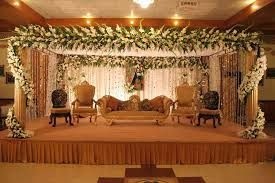There is an interesting custom in Multan, which is not prevalent in the Punjab proper.


It is known as 'Sir-mel' or the joining of heads. Either at the marriage or a few days after, the nain and mirasin, signing together, take the bride and bride-groom into a closed room, where they place the bride's hand in that of the bridegroom and leave them alone. In this district the marriage is not considered complete until this ceremony has been gone through.
Expenditure on marriage is, compared with that prevalent in the Central Punjab, quite small; except in the cities and among the more prominent families of the Syads and Kureshis, there is not much inclination to extravagance; and in ordinary zamindar families the sum spend seldom exceeds in millions. The food used in generally cheap; the ghi and rice cost comparatively little; and the custom of 'sot' (by which money are thrown about over the head of the bridgegroom) is unknown.


Fireworks are only used in about 5 per cent of the marriages, and dancing girls are very seldom invited, the dancing being often done by the women of the household. Dowries, too, are very small. The Khakwanis and other Pathans have the sense to spend very little on their circumcision and marriage ceremonies, and there is a proverb that a Khakwani circumcision does not cost more than a pitcher or sherbet, and the Khakwani marriage not more than a priest's fee.
The remarriage of widows is very common enough among Muhammadans, though discouraged among the Makhdums and prominent Syed families. Among Hindus it is rare. The 'karewa' or marriage with a deceased husband's brother, is very uncommon in the district Multan.
Among the bulk of the Muhammadans of the district Multan the position of women is in some ways very free.



